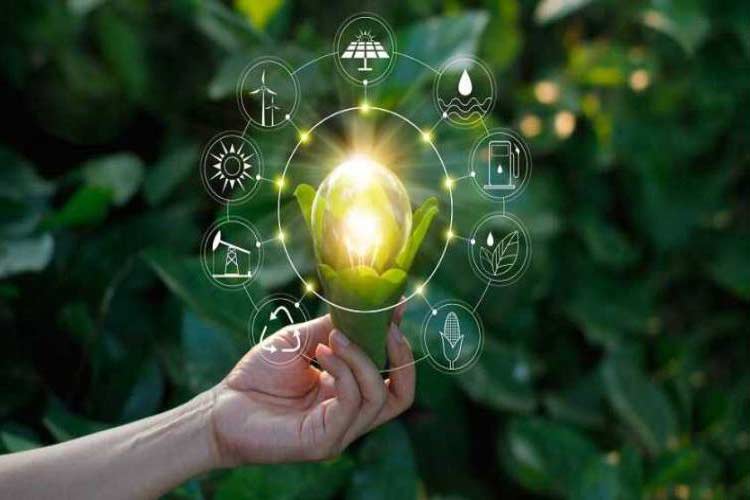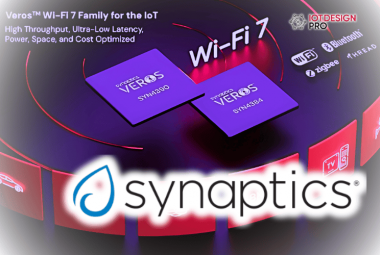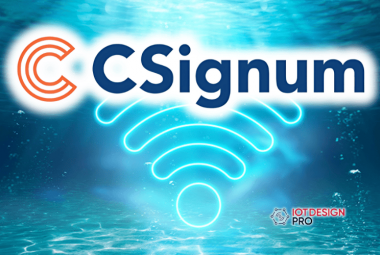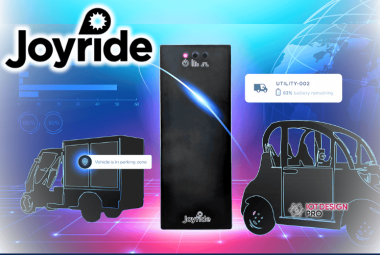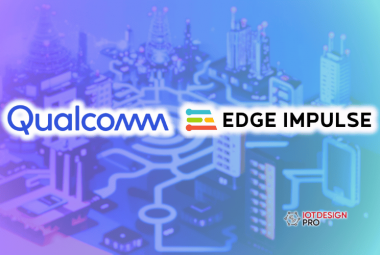As massive volumes of data and IoT devices are interlinked, green IoT will also spearhead the growth of green data centers.
Corey Glickman, Vice President and Global Head of Sustainability and Design Consulting Services at Infosys has recently told that the Internet of Things (IoT) has a huge ecological and financial impact, which is due to the fact that billions of products that are now interconnected, utilizes numerous range of sensors that are connected to the internet. Glickman told the Economic Times that spearheaded by the IoT networks, around 45 percent of internet traffic will be machine-to-machine communication.
Now, innovative technologies such as AI, block, and 5G are unleashing new-fangled IoT based use cases in the organizations. If IoT products are strategically utilized, it helps companies to craft innovative business models and higher revenues as well as provide higher efficiencies in the value chain. Nonetheless, there are signs of huge energy consumption among the billions of interconnected devices, data management impacting carbon footprint coupled with increasing e-waste.
These issues are of grave concern ever since sustainability has turned out to be an important role in the companies and therefore, they are monitoring and looking out for energy-efficient and sustainable practices. IoT carbon footprint can be decreased via manufacturing energy efficient hardware and unveiling green software. Green IoT will further augment the use of IoT for crafting sustainable solutions and will not be threatened by the carbon footprint of the IoT devices.
Enterprises will have to look for green IoT solutions because it boosts energy efficiencies that gives priorities to resource conservation and environment sustainability. It entails making IoT hardware energy efficient and ecological friendly. As massive volumes of data and IoT devices are interlinked, green IoT will also spearhead the growth of green data centers.
Glickman also told ET that according to an IEEE paper, “Green IoT is defined as “the energy efficient procedures (hardware or software) adopted by IoT either to facilitate reducing the greenhouse effect of existing applications and services or to reduce the impact of greenhouse effect of IoT itself.”
Glickman further added, “The Green IoT life cycle spans the entire IoT product lifecycle – from design to production to deployment, and to recycling – to have minimum negative impact on the environment by facilitating reduction in energy consumption and carbon emissions. A circular economy model, where sustainability starts at the design stage instead of the recycling stage is recommended.”






